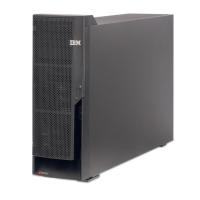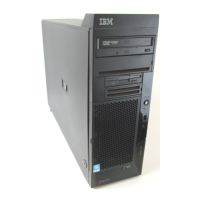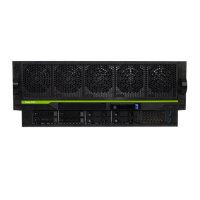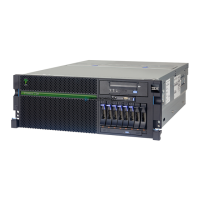5486OpS.fm Draft Document for Review October 18, 2004
528 IBM Eserver i5 and iSeries System Handbook
interfaces between multiple layers of software. In addition to seamless
integration, a rich set of utilities continue to be provided for easy management of
DB2 UDB for iSeries databases.
Some of these utilities include:
iSeries Navigator database (Database Navigator)
The iSeries Navigator database is a graphical interface that you can use to
perform many common administrative database options. From iSeries
Navigator you can create, change, delete, move, and copy database objects.
You can enter data into tables, view table contents, run SQL scripts,
graphically display the relationships of your database objects, graphically
display your query optimization with Visual Explain, monitor database
performance, and perform other database management tasks.
The iSeries Navigator is enhanced with a Database Navigator interface that
displays the relationship among relational objects such as tables, views, and
indexes. Another enhancement to the iSeries Navigator interface is the ability
to generate the SQL statements used to create a database object regardless
of whether it was created with SQL.
Online backup and restore
Online database maintenance can be performed, including the ability to
backup and restore, while users are accessing and changing the database.
This provides for around-the-clock operation.
Object-level recovery
Recovery can be at an object level. This allows you to restore a single file
when necessary. It is not necessary to restore the entire database to “fix” a
single file.
Roll forward and backward recovery
The ability to roll forward and backward to recover records allows database
changes made after the last backup to be reapplied after a restore, or for
recent changes to be backed out if the database needs to be returned to a
specific state. This can be done for a specific user, time, or job.
Audit trail
An audit trail maintains a record of database changes such as the user,
program, and job making the change.
Performance tuning and trace
The performance tuning and trace function analyzes processor and disk
workloads for improved performance. The integrated nature of the database
allows the entire system to be tuned, not just the database.

